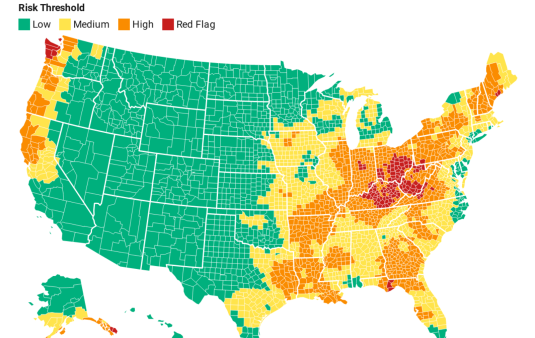Forbearance: Common Questions and How to Answer Them
Since the end of the national moratorium on foreclosures, we’ve been getting a lot of questions about forbearance from clients. We’re sure you are too. To help you answer them, we decided to dig into this widely misunderstood topic.
As of early July, when ATTOM published its mid-year housing market outlook, over 400,000 U.S. loans were still in forbearance. Based on our recent experiences, we’ve found that most questions about forbearance tend to cluster into three areas:
- defining the terminology
- understanding repayment options
- understanding its impact on home equity
Let’s start with defining what forbearance means. Forbearance is when a mortgage servicer or lender allows homeowners to pay their mortgage at a lower monthly payment amount or pause payments temporarily in instances of financial hardship. These missed or reduced payments will need to be made up when the forbearance period ends.
We tell our clients that since you have to pay back the reduced or paused payments later, forbearance should only be used as a last resort. That’s often where the conversation shifts to repayment options. According to the Consumer Financial Protection Bureau, mortgage servicers for most loans can no longer require homeowners to repay skipped payments in a lump sum once the forbearance period ends. They cite four common repayment options:
- Repayment plan. Homeowners who can afford to increase their regular mortgage payment for a specified period can opt for a repayment plan that adds a portion of the amount they owe to the monthly payment.
- Deferral or partial claim. Homeowners who can restart regular payments without an increase can choose this option. Missed payments either move to the end of the loan or a subordinate lien that the homeowner must repay when they refinance, sell or terminate the mortgage.
- Modification. Homeowners struggling to make regular mortgage payments can request a modification, which reduces payments and adds missed payments to the balance. While it might lower monthly payments, a modification can lengthen the repayment period.
- Reinstatement (lump sum). This option applies only to homeowners who want to pay back all their missed payments in one lump sum.
Last year’s huge spikes in property values left many homeowners with misconceptions about their home equity or how their forbearance payoff amount will affect their equity. Many think they have more equity than they do. The payments that homeowners missed while on forbearance will have to be paid if they choose to sell or refinance, lowering the overall home equity they retain.
Mortgage Industry Glossary
We created a list of mortgage industry terms with simple, straightforward definitions to help our clients understand complicated topics like forbearance, equity and underwater mortgages. Feel free to share this glossary with your own clients.


